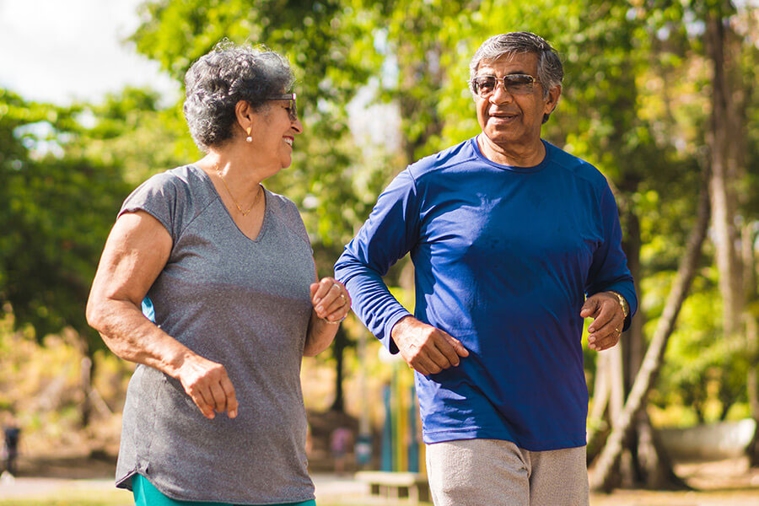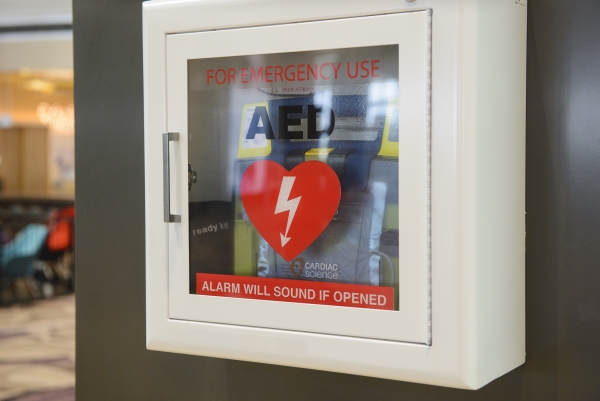Peripheral Venous Disease Symptoms, Diagnosis and Treatment
Dec 5, 2023

You probably take your veins for granted. Most people do unless they experience varicose veins or another vein condition. But your veins are incredibly important because they return oxygen-depleted blood to your heart.
More than 30 million Americans suffer from varicose veins or a more serious form of veinous disease called chronic vein insufficiency (CVI). In fact, according to researchers, venous reflux disease is two times more prevalent than coronary heart disease and more than five times more common than peripheral arterial disease.
Understanding the cause
Healthy leg veins have valves that keep blood flowing to the heart. These valves ensure blood flows in one direction. Valves that cannot close allow blood to drain and pool.
“Venous reflux develops when valves stop working properly and allow blood to flow backward, or reflux, and pool in the lower leg veins,” explains Keri Montgomery, FNP, limb preservation nurse practitioner with the Adventist Heart & Vascular Institute. Healthy leg veins have valves that keep blood flowing to the heart. “If venous reflex is left untreated, it may worsen over time and develop into a more serious form of venous disease called chronic venous insufficiency,” Montgomery says.
Read More: Peripheral Artery Disease: Understanding This Blood Vessel Disorder
Symptoms of Peripheral Venous Disease
Symptoms include:
- The appearance of small, damaged veins, known as spider veins, on the legs and feet
- Spider veins that appear twisted and grow larger, becoming varicose veins, as the disease worsens
- Burning, throbbing and muscle cramps
- Swelling
- Itching around the veins
- Open sores or ulcers
- Skin changes or discoloration
Diagnosis and Treatment for Peripheral Venous Disease
Diagnosis of peripheral venous disease typically includes a physical exam as well as imaging tests such as Duplex ultrasound to check for blood clots. “The ultrasound will also help give your physician a clear picture of your veins and which ones need to be treated,” Montgomery says.
Along with having a healthier diet and giving up smoking, treatment options your doctor may discuss with you include:
- Compression stockings that gently squeeze your legs to improve blood flow back to the heart
- Raising your legs at night
- Getting more exercise
- Taking blood-thinning prescription drugs to prevent new clots
- Removing the diseased vein
- Closing a diseased vein using heat, adhesive or a chemical solution
Getting Help for Vein Concerns
If you’ve been experiencing symptoms of peripheral venous disease, your first step should be discussing them with your healthcare provider. They can help evaluate your concerns and decide if you need a referral to a vascular specialist.
“With proper treatment, your provider can help prevent progressive symptoms of venous reflux,” Montgomery encourages. “We want to help prevent a significant impact on a person’s quality of life.”
Need a primary healthcare provider? Use our Find a Doctor search to find a great doctor or provider near near you.


